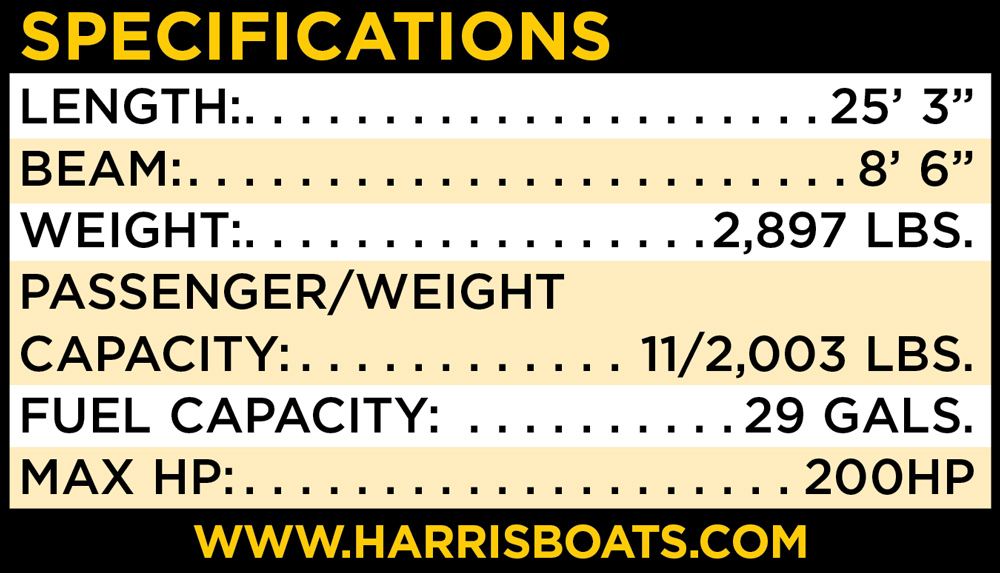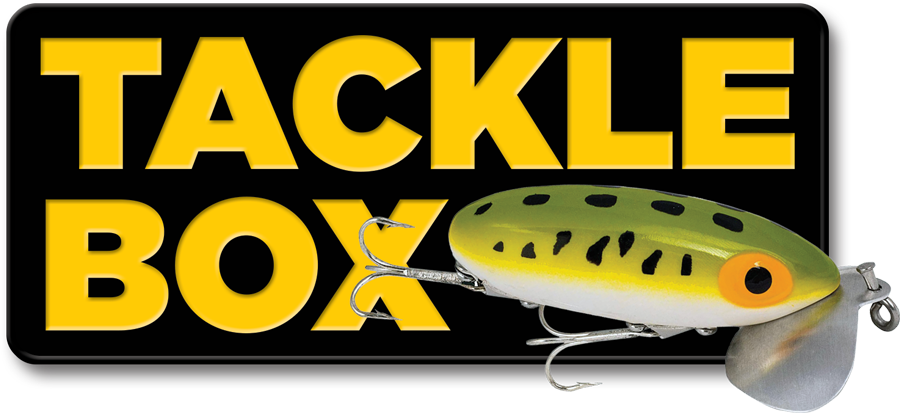
Considering that this is a boating publication, we’ll concentrate on the former with regard to the tools you want to consider having aboard as you seek your finned quarry, basic angling accessories that may have been forgotten, broken, overlooked or otherwise fallen out of mind or by the wayside during the off season.
I’m assuming the craft you use as your fishing platform this season is equipped with standard, basic angling options such as rod holders and a sonar for determining depth and bottom features. If the latter has fish-finding and/or GPS functions so much the better.
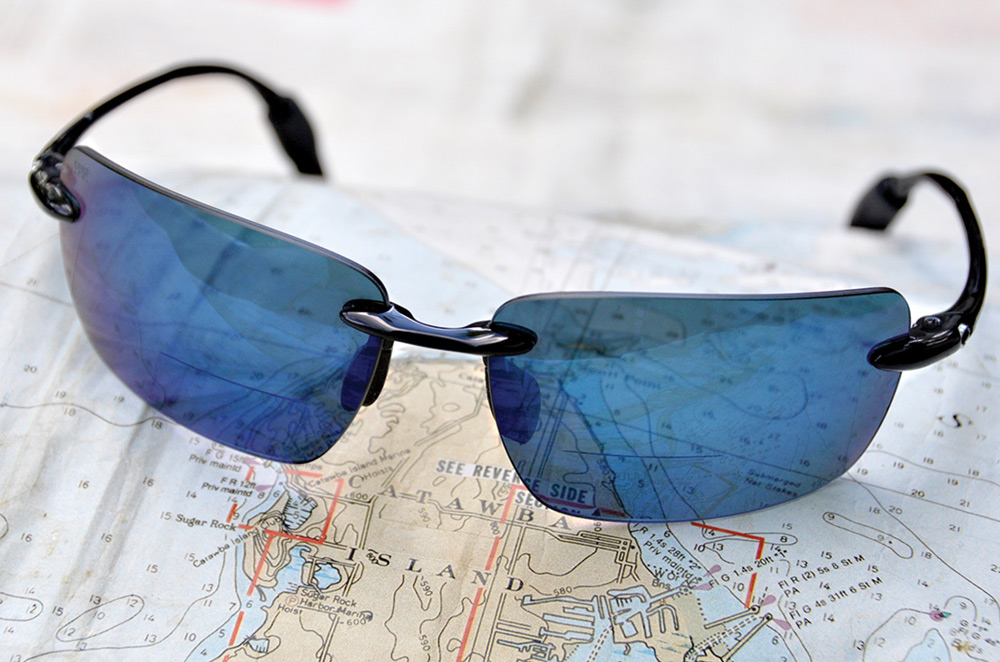
The latter issue reared its ugly head a year ago this month, when my wife and I towed the family boat down to the Florida Keys for our annual spring break fishing trip. I wet a hull in salt water two times each season, once in South Florida in the spring and again off Cape Cod for our summer vacation, and getting the rig ready for saltwater fishing requires tasks and tackle that are used only when boating and fishing the brine. (Read that gaffs, tail wraps, wire leaders, bait-prep boards, chum bags, underwater lights, cast nets, snorkeling gear, etc).
Last March was a busy one for me sport-show-wise, and between those appearance commitments and the foul Great Lakes weather we endured on the eve of the trip, I didn’t have the usual time to stock and properly stow the boat with such essentials. Three days later the result was some groveling on my part when we received an impromptu, on-water safety inspection from the Florida Marine Patrol. After I finally located the required hook remover and fizzing needle – let alone licenses, boat registration, PFDs and flares – the officer opined that despite having all the required gear, and how long it took me to locate some items, “Your boat could be better organized.”
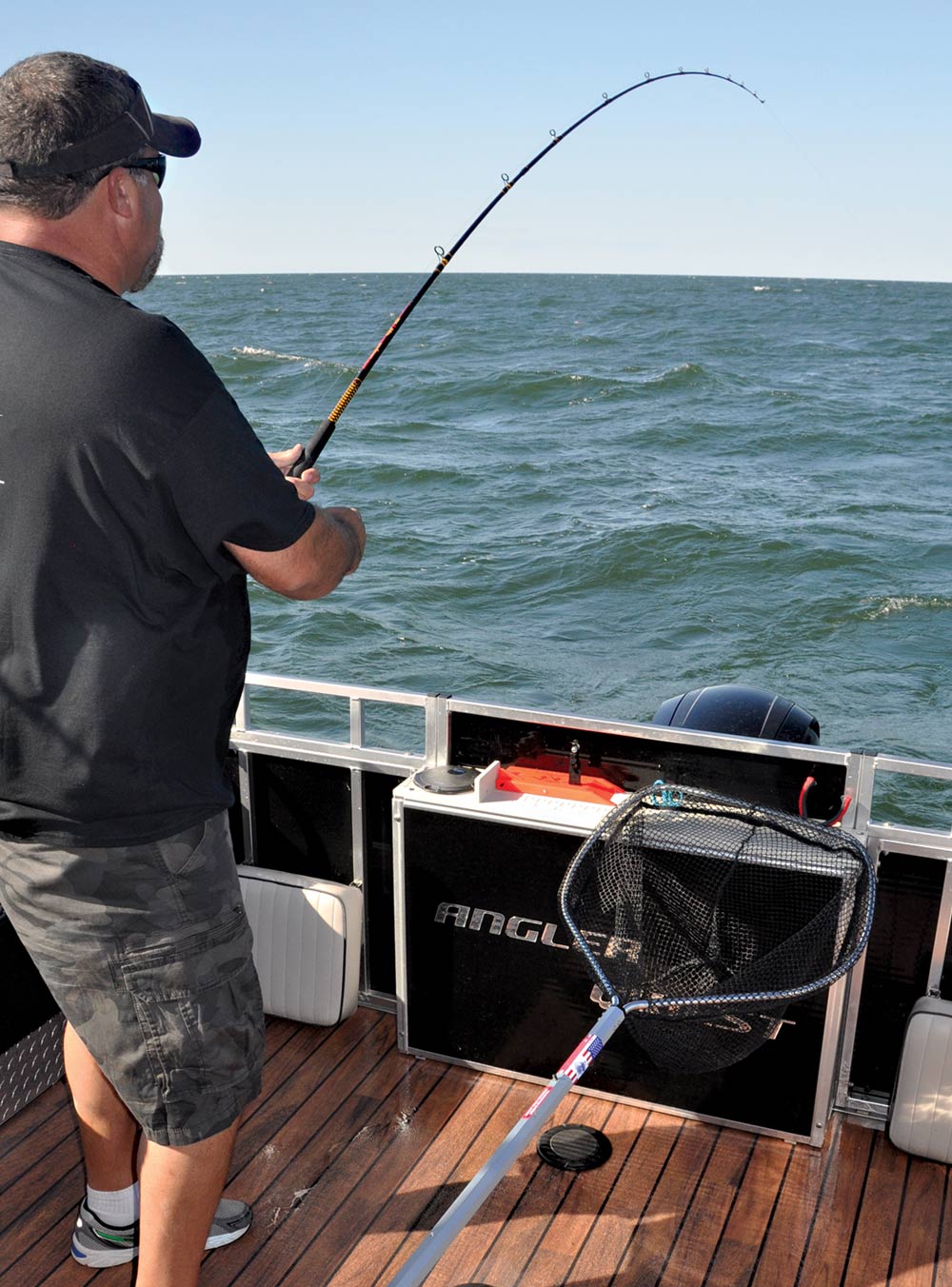
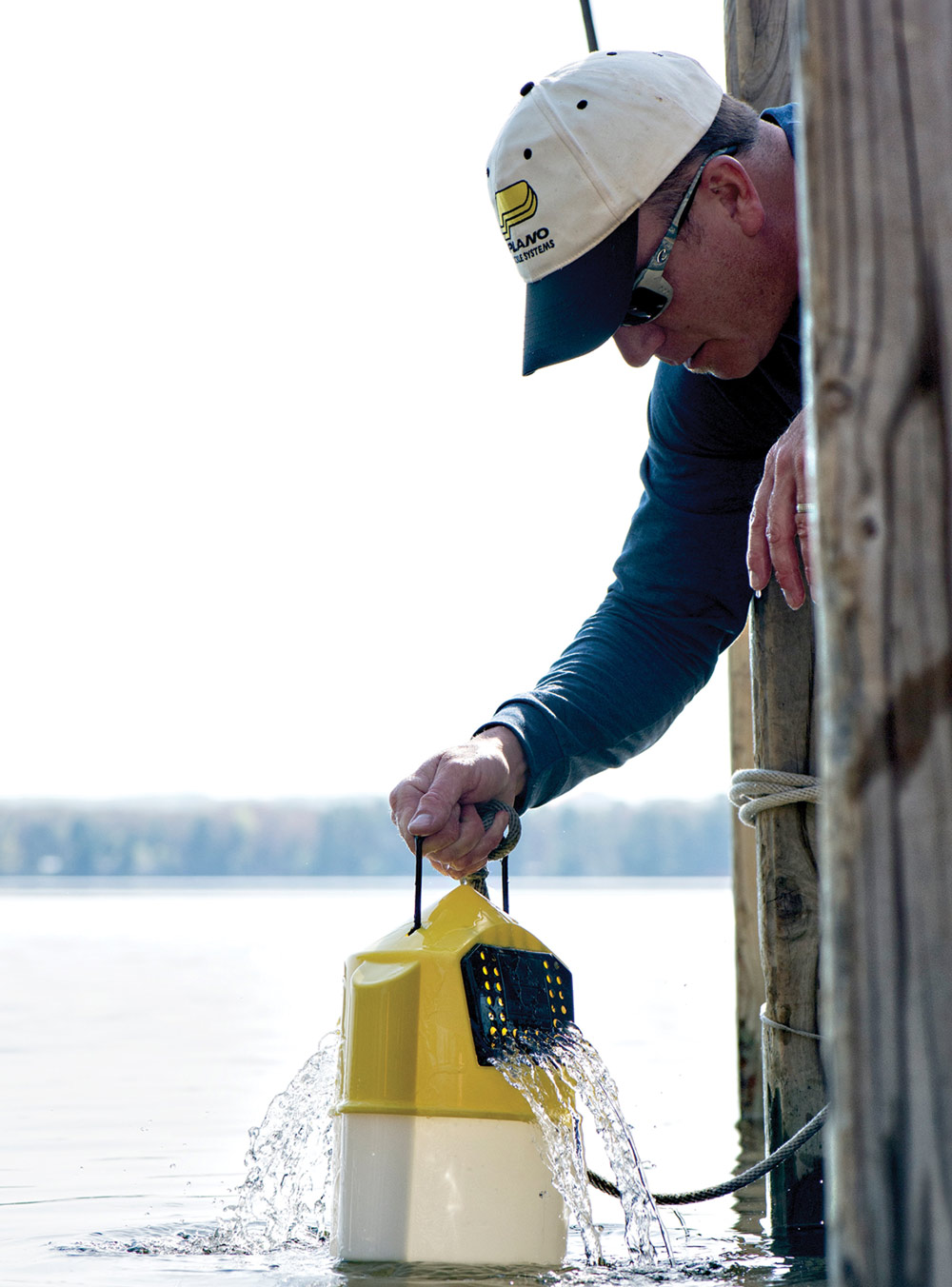
First and perhaps foremost, that means having a pair of long-nosed, wire-cutting pliers within reach, preferably in a sheath on my hip. I actually keep two or more pairs of pliers handy, as they tackle a myriad of functions, not the least of which is removing hooks from deep in the maws of fish. Of equal importance to the extended jaws is the wire-cutting function of my preferred pliers. Many “fishing” pliers targeted toward anglers these days have replaced the wire-cutting feature with a clip for cutting “superline” braids, which is fine until you need to cut the barb off a hook to remove it from somewhere it’s not supposed to be – such as your hide.
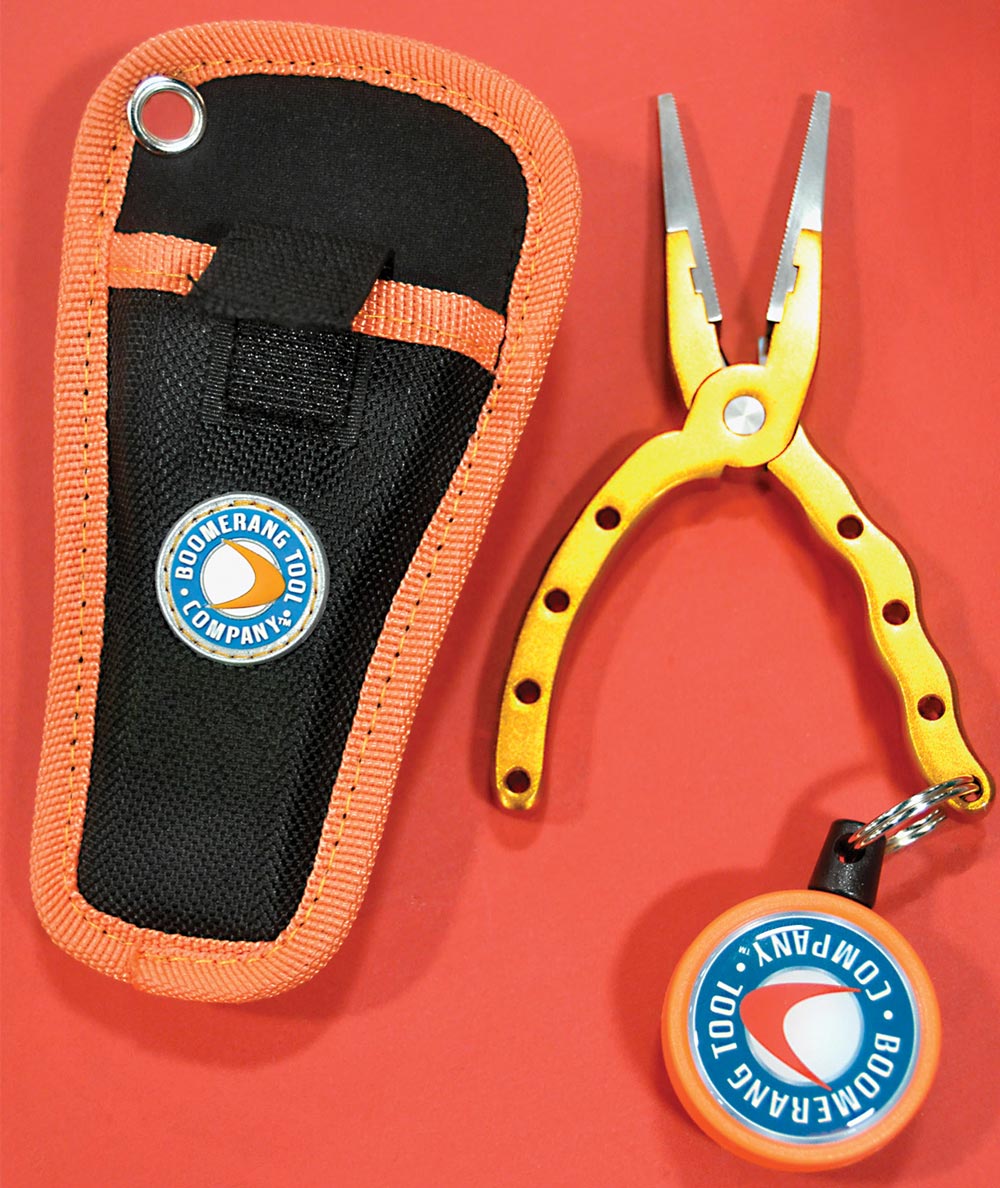
Speaking of eyewear, until I relearn that during the season my dedicated, polarized, bi-focal fishing sunglasses remain on the boat between trips, I have fished more days than I care to share sans such glare-reducing eyewear, and the forgetfulness – and accompanying headaches – peak early each season.
Ditto foul weather gear. I remove my rain gear from the boat each off season, as it tends to hold dampness and get moldy when left aboard. It only took one cold, wet early-season fishing trip ruined to reinforce the importance of having a quality rain suit aboard my boat from the get-go each season, and it’s become one of my first boat-loading tasks each spring.
If you have ever brought a fish to the boat only to realize you have no way of actually landing it, you have joined the ranks of those of us who have neglected to stash a landing net (or, in the case of large saltwater fish, a gaff) aboard. Again, often an early season oversight, but one that has taught me to have a backup folding net aboard. The smaller Plan B version net is not ideal for landing large fish but it’s better than nothing when you have yet to stow a proper net aboard or the primary net has jumped its holder during the bumpy ride out to the fishing grounds.
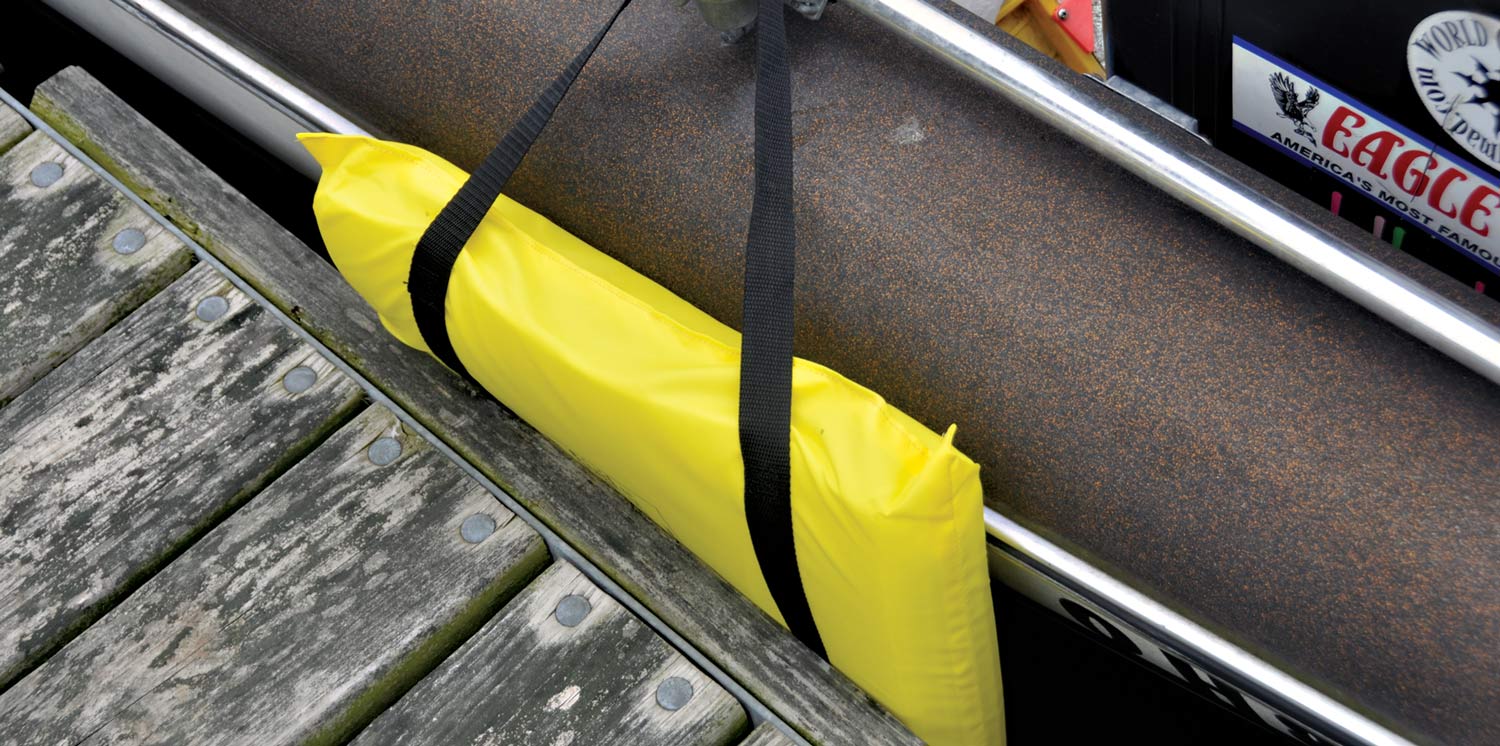
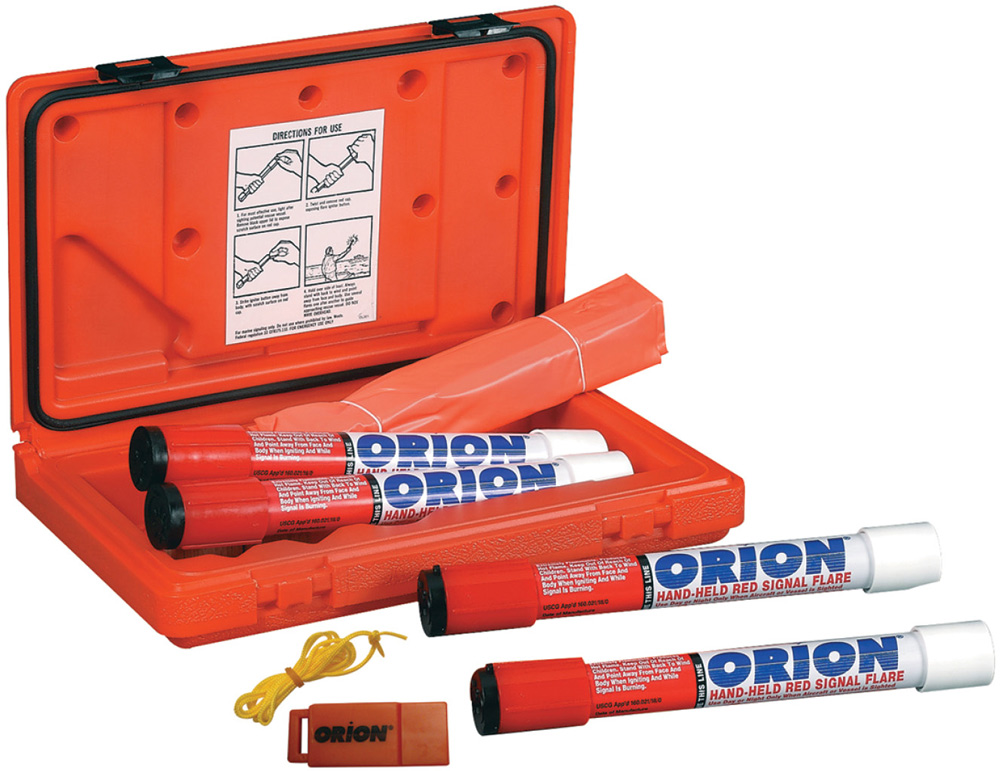
Let’s say you find success on your initial fishing trip, and you intend to keep some of the catch for the dinner table. If you are lucky, your deck or pontoon boat boasts some fishing options that include a livewell for keeping catches alive and finning. If not, a locker or cooler full of ice is a great place to keep a catch fresh – as long as you have one aboard. Same with stringers and fish baskets for keeping catches contained and alive; you just have to remember to stow them aboard.
You also have to remember to remove said stringer or basket from the water before starting the boat and racing off to the next fishing spot. I’ve absent-mindedly “skied” my share of stringers of panfish back to the dock – and the embarrassing oversight typically takes place about this time each season.

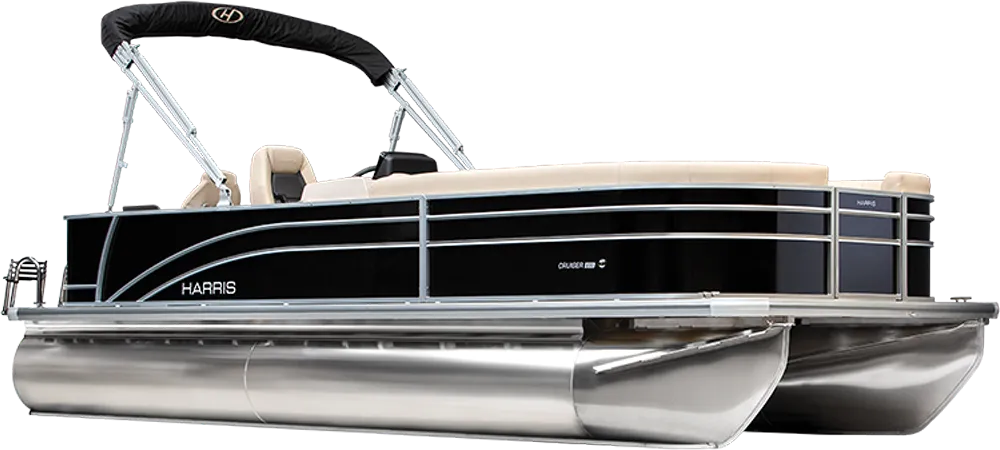
First of all, as for fishing features and options available with their pontoon boats, standard or optional, in my experience Harris has always been among the best. The 230 model doesn’t disappoint, with a large, practical aft fishing station including a livewell, tackle prep table and rod holders, flanked by a pair of comfortable fishing seats and easy access to the broad aft deck for stand-up casting or landing fish. Match that with the choice of quality electronics options for serious angler-owners and you’ve got a functional fishing platform that doubles as a comfortable cruiser that will keep non-anglers content with wrap-around bow seating and a bench seat adjacent to the well-appointed helm and amenity options throughout. Whether you are in buying mode or, like me, simply kicking trailer tires and checking out the market for fishing-friendly pontoon boats, you’ll want to make time to check out the new Cruiser models from Harris.
